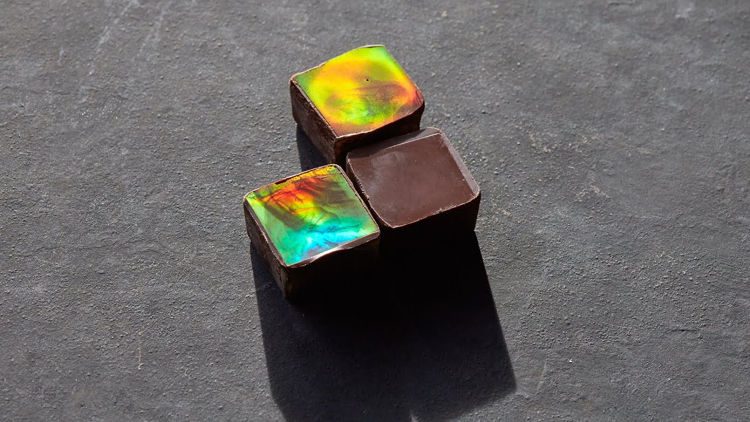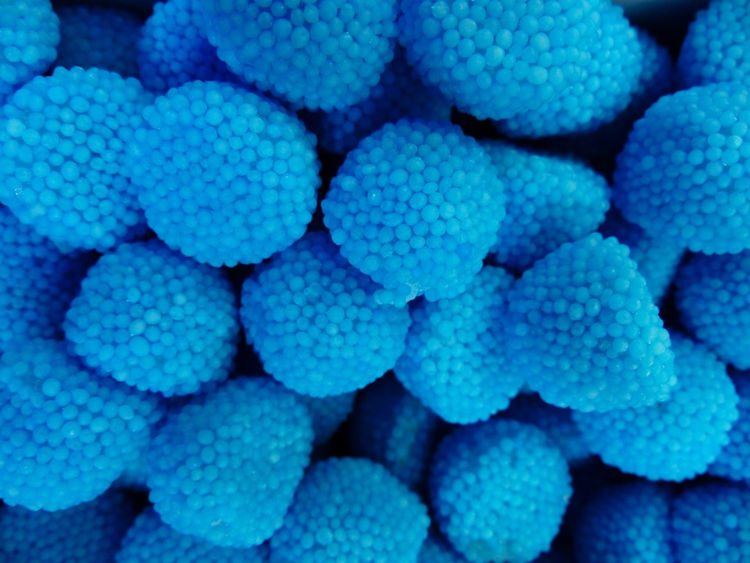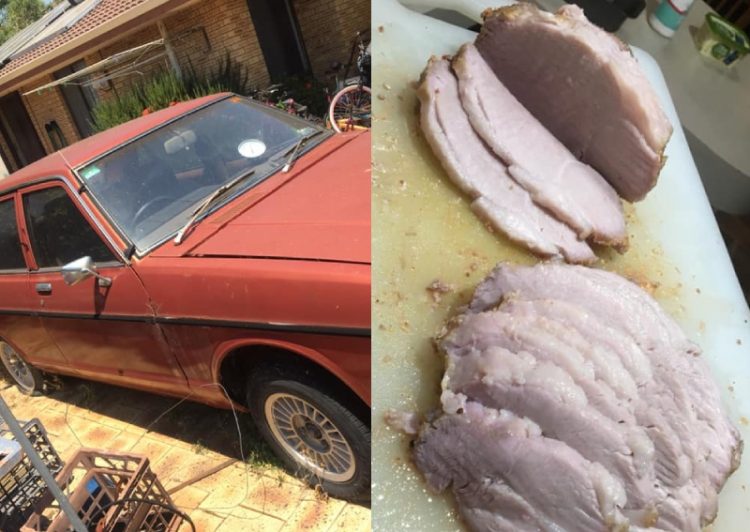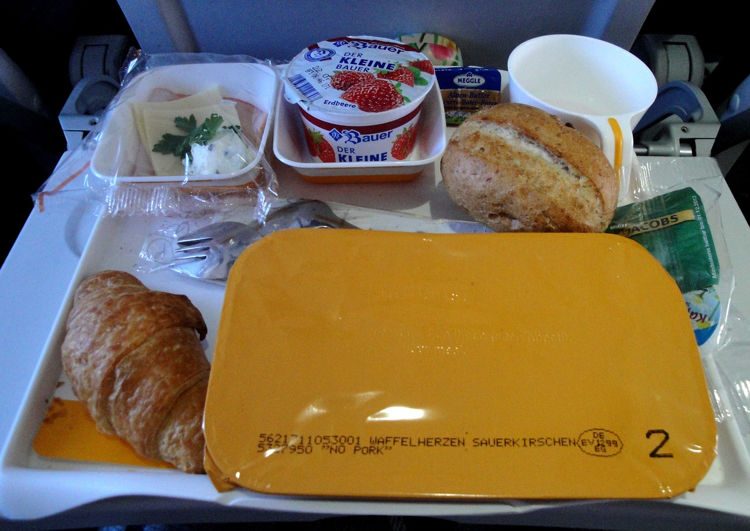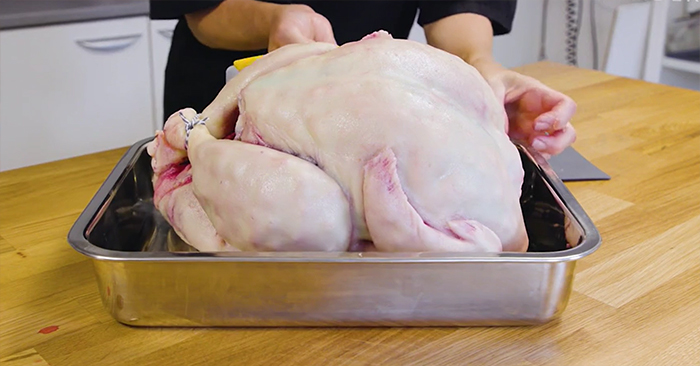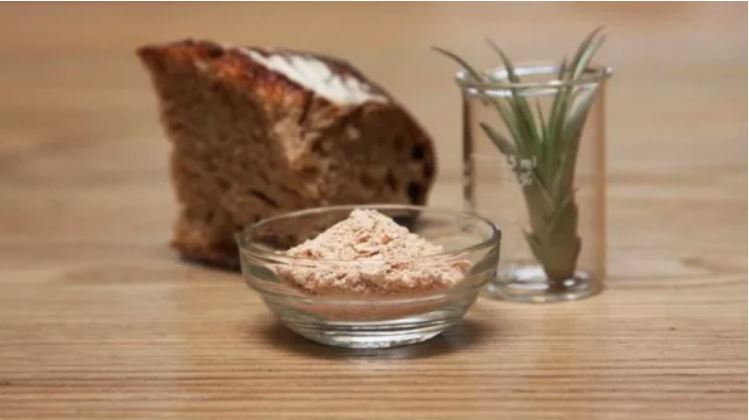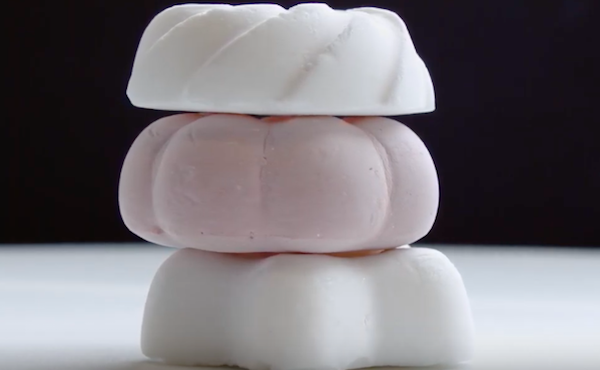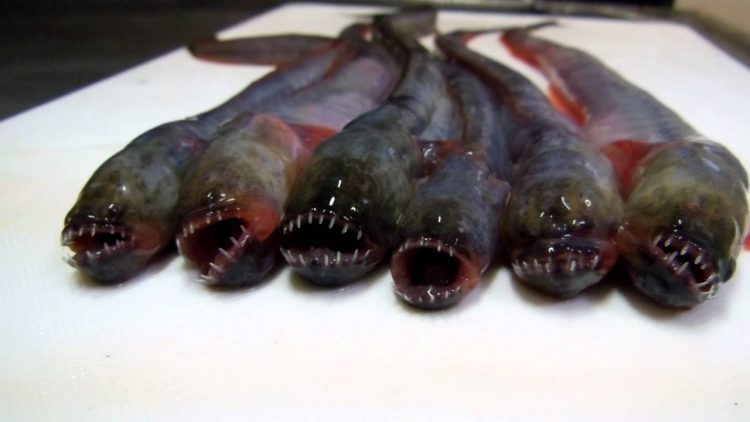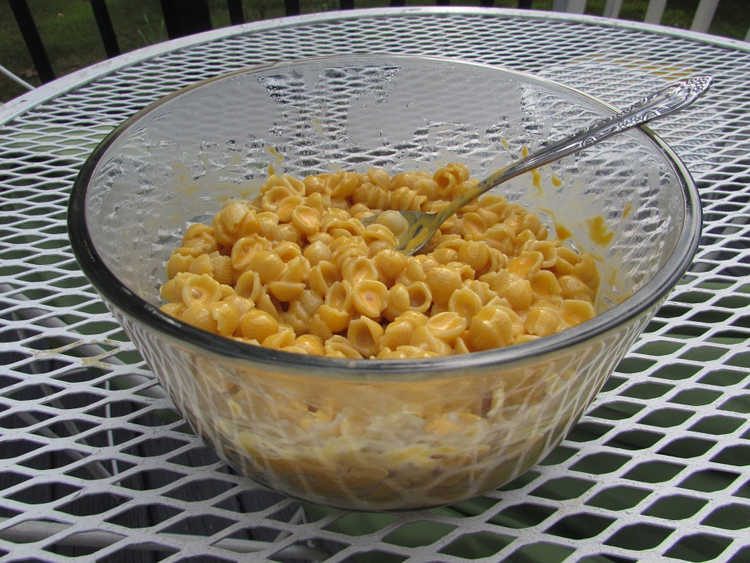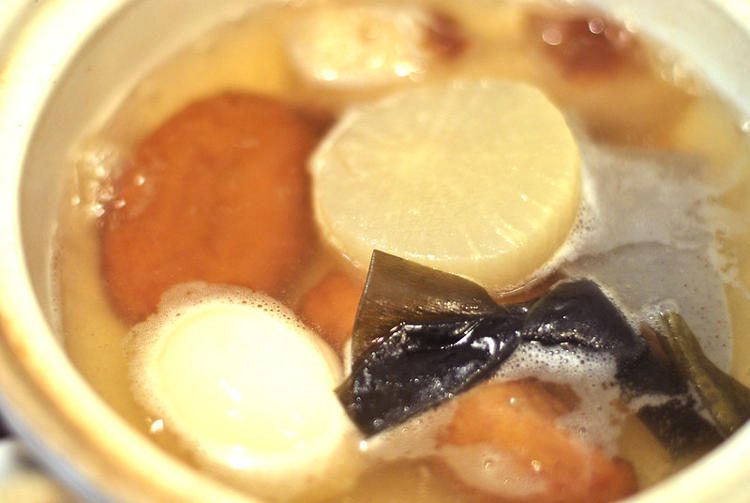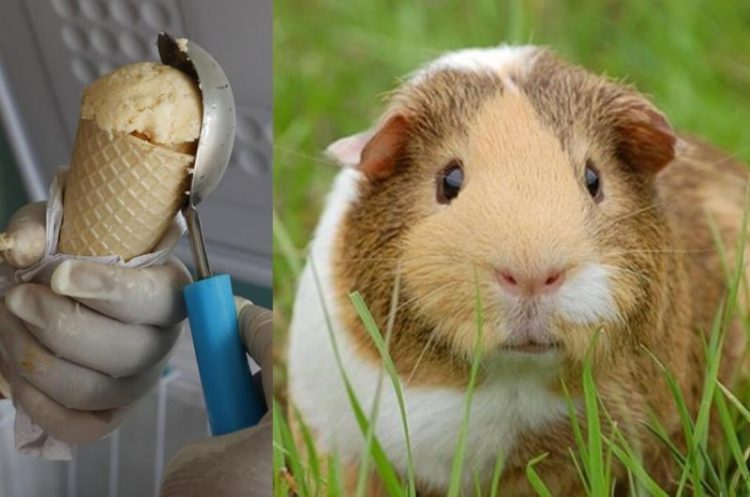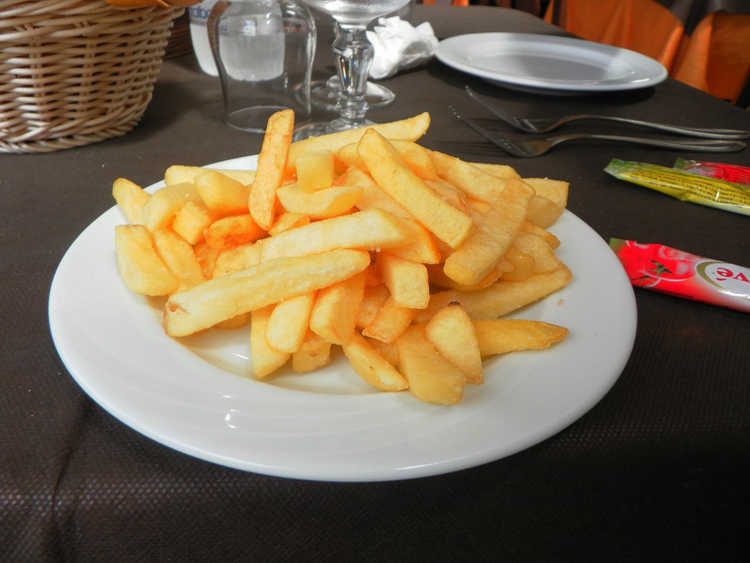A group of scientists from ETH Zurich and FHNW University of Applied Sciences and Arts Northwestern Switzerland recently filed a patent for a process that makes chocolates shimmer in rainbow colors without using food coloring.
The story of shimmering rainbow chocolate began on the corridors of a university building, when food scientist Patrick Rühs, materials scientist Etienne Jeoffroy and physicist Henning Galinski started chatting about chocolate during their coffee break. The main focus of their discussion is whether it would be possible to make chocolate in other colors than brown and white, and if so, how. Intrigued by the complexity of the topic, they started looking into chocolate, its properties and what makes it brown. Then they started conducting playful experiments in the kitchen of ETH University.

